Overview
Let's get this out of the way early: Active HDMI cables should NOT be connected to Just Add Power devices. They will cause inconsistent/jumpy video, black video, and HDCP issues.
Only Passive HDMI cables should be used with Just Add Power.
Definitions
An Active HDMI cable:
- Has an internal processor that modifies the signal
- Draws power from either a separate power supply or the HDMI port of the connected device
- is directional - meaning only one end can be plugged into the display
A Passive HDMI cable:
- is a standard HDMI cable
- does not have a processor and does not need power
- is bi-directional
Usage
Active HDMI cables are mainly designed for longer cable distances. One end of the cable must be connected to the source, and the other end must be connected to the display. The internal processor amplifies the signal strength to allow it to travel farther. The range of additional features in an Active HDMI cable are up to the manufacturer of the cable.
Passive HDMI cables are the standard HDMI cable. For distances below 10-ft, there is almost no difference between Active or Passive. Most connections between a Just Add Power device and the source/display it is connected to are within 10-ft, Passive HDMI cables are the only type that are needed.




